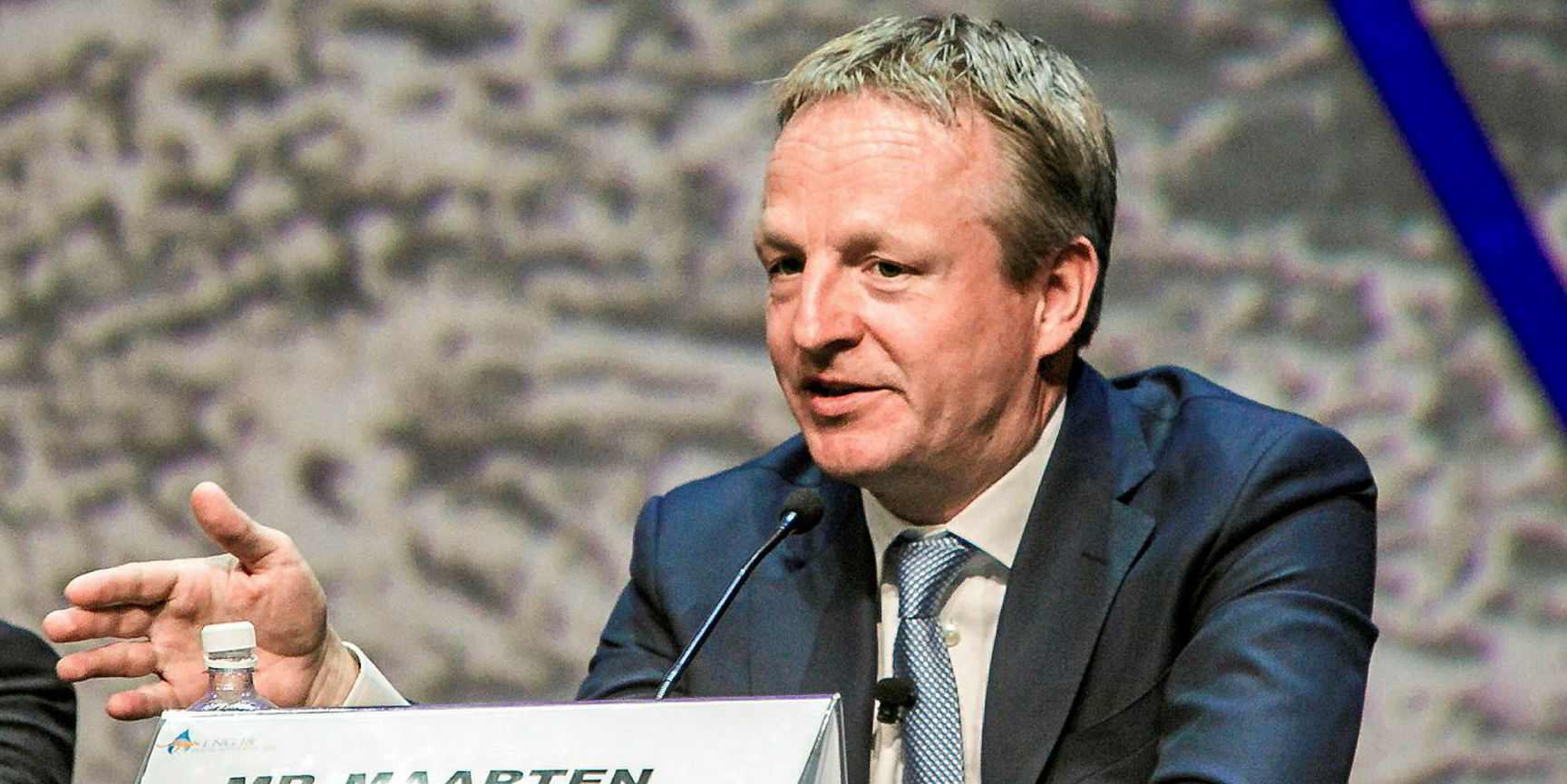The development of LNG bunkering is hampered by a “lost” shipping industry that faces many fuel choices on its way to a greener, decarbonised future, according to a senior analyst from BP.
The IMO has stipulated the sulphur content in bunker fuel be cut to 0.5% from next year, but vessels will also be able to run on LNG or be installed with scrubbers to continue burning high sulphur fuel.
Further, many shipping voices have called for further development of hydrogen and other alternative power sources after the IMO set a target to reduce carbon intensity in maritime transport by at least 40% by 2030 from the 2008 level.
“The shipping industry is a bit lost,” BP head of gas analysis Anne-Sophie Corbeau told TradeWinds during IP Week in London. “[It doesn’t] know what to do…what to invest in.”
Corbeau expects shipping companies to continue to mainly focus on newbuilding projects when it comes to using LNG as marine fuel, as retrofitting costs are still high.
Of the 282 LNG-fuelled vessels in operation or under development currently, 22 are retrofit projects, while the rests are from newbuilding projects, according to DNV GL.
“Development is never going to be substantial” that way, Corbeau added.
Corbeau said the lack of infrastructure remained a challenge for LNG bunkering. Securing investment in infrastructure can be difficult when demand is not yet substantial.
“You need to have infrastructure, but you also need to have demand. It’s a chicken-and-egg problem,” Corbeau said.
In its latest annual energy outlook, BP expected gas consumption by the transport sector to increase to 192 billion cubic metres in 2040 from 55 cubic metres in 2017.
It doesn’t provide a prediction on the growth of LNG usage as marine fuel, however.
Overall, the energy major predicts global LNG trade volume will grow to 871 billion cubic metres in 2040 from 390 billion cubic metres in 2017, driven by strong demand growth globally and rising supplies from Qatar and the US.
China’s LNG imports are expected to rise to 139 billion cubic metres from 53 billion cubic metres in the timespan, and those of India are to increase to 112 billion cubic metres from 26 billion cubic metres.
On the supply side, Middle Eastern exports will rise to 227 billion cubic metres from 123 billion cubic metres, while North American exports are to jump to 207 billion cubic metres from 17 billion cubic metres, according to BP.





